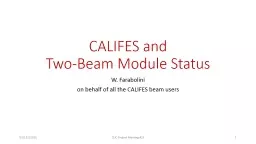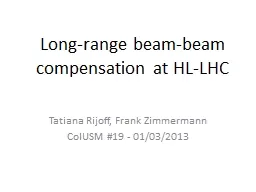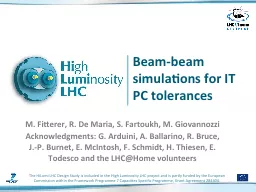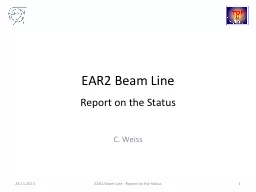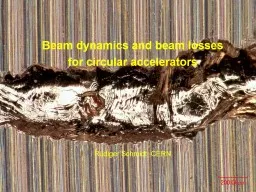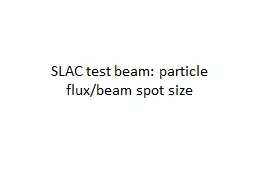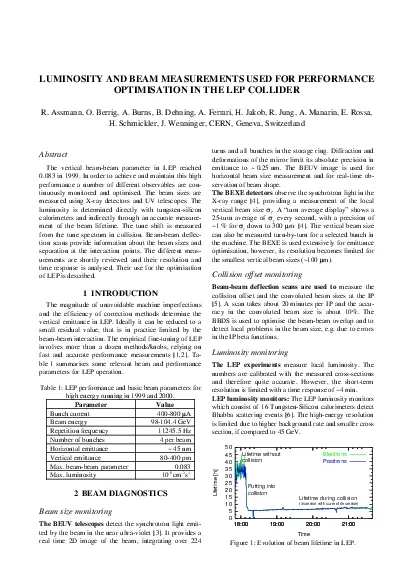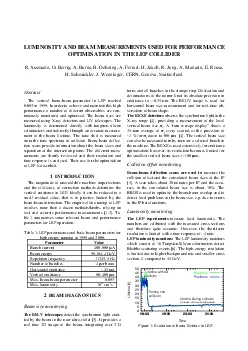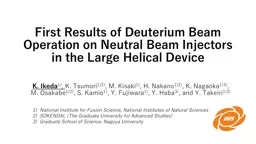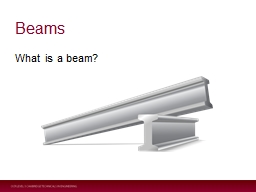PPT-CALIFES and Two-Beam Module Status
Author : bikershobbit | Published Date : 2020-07-01
W Farabolini on behalf of all the CALIFES beam users 011212015 CLIC Project Meeting 23 1 Studies repartition with CALIFES and TBM Test Beam Module 21 days W Farabolini
Presentation Embed Code
Download Presentation
Download Presentation The PPT/PDF document "CALIFES and Two-Beam Module Status" is the property of its rightful owner. Permission is granted to download and print the materials on this website for personal, non-commercial use only, and to display it on your personal computer provided you do not modify the materials and that you retain all copyright notices contained in the materials. By downloading content from our website, you accept the terms of this agreement.
CALIFES and Two-Beam Module Status: Transcript
Download Rules Of Document
"CALIFES and Two-Beam Module Status"The content belongs to its owner. You may download and print it for personal use, without modification, and keep all copyright notices. By downloading, you agree to these terms.
Related Documents

